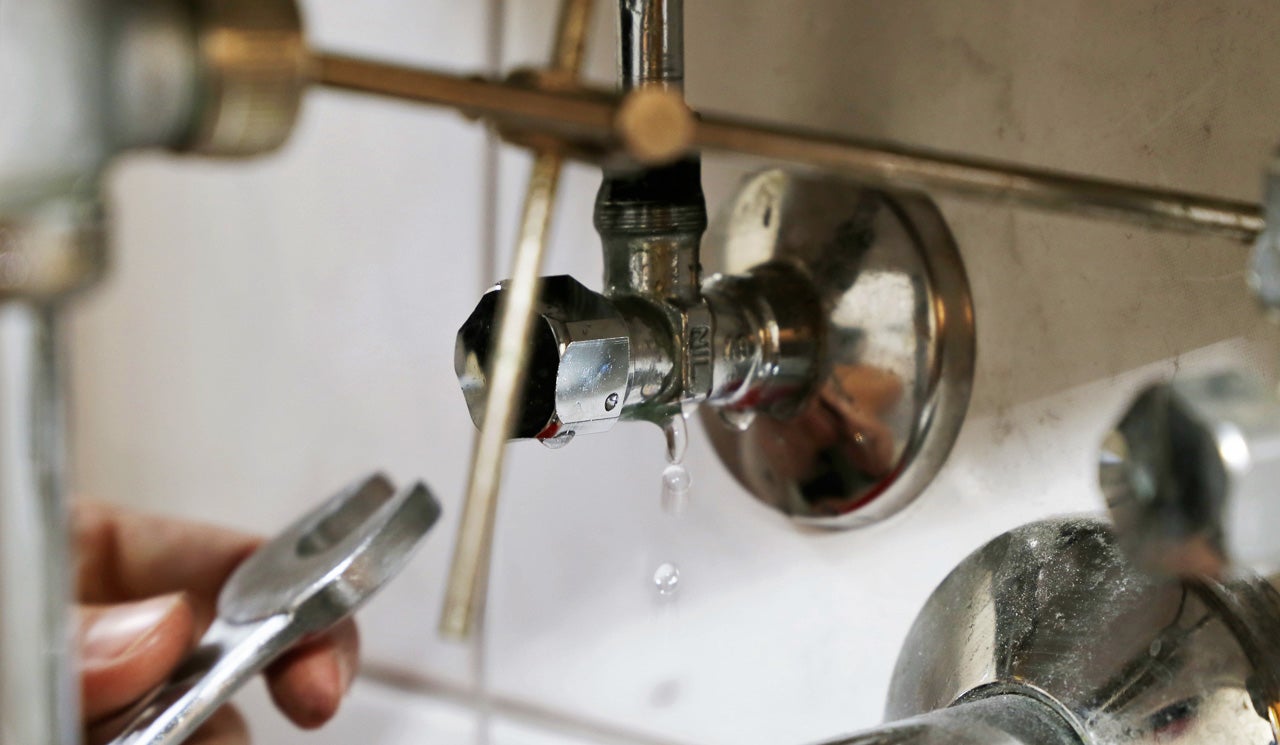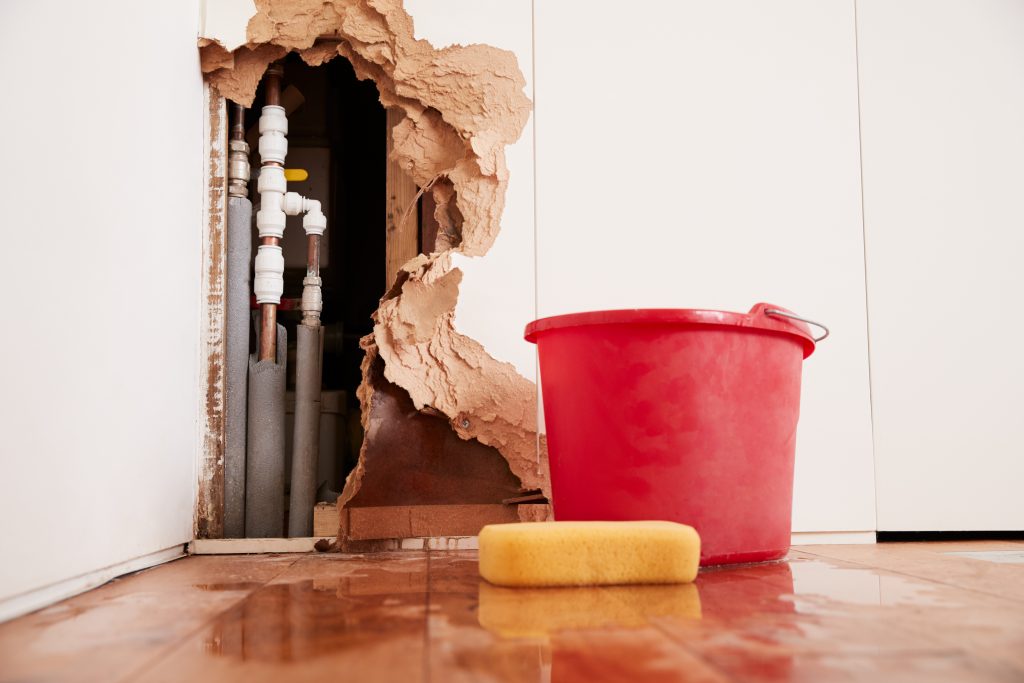How to Check If Your Residence Has a Covert Leakage
How to Check If Your Residence Has a Covert Leakage
Blog Article
How do you actually feel in regards to Finding hidden leaks?

Early detection of leaking water lines can alleviate a prospective disaster. In addition to conserving you cash, it will decrease the irritation and aggravation. The moment you find a leakage, calling your plumber for fixings is the most effective remedy. Some small water leaks might not be visible. If you can not discover it with your nude eyes, here are some hacks that help.
1. Examine the Water Meter
Every residence has a water meter. Inspecting it is a guaranteed manner in which helps you uncover leakages. For beginners, turn off all the water sources. Guarantee no person will purge, utilize the tap, shower, run the cleaning maker or dishwasher. From there, go to the meter as well as watch if it will change. Since nobody is using it, there need to be no movements. That suggests a fast-moving leak if it moves. If you detect no changes, wait a hr or two and check back once again. This suggests you might have a sluggish leakage that could even be below ground.
2. Inspect Water Intake
Assess your water bills and also track your water consumption. As the one paying it, you should observe if there are any kind of discrepancies. If you detect sudden changes, despite your usage being the same, it implies that you have leaks in your plumbing system. Bear in mind, your water bill must drop under the exact same array on a monthly basis. A sudden spike in your costs suggests a fast-moving leak.
A consistent rise every month, even with the same behaviors, shows you have a slow leakage that's additionally gradually intensifying. Call a plumber to extensively inspect your residential property, especially if you feel a warm area on your flooring with piping below.
3. Do a Food Coloring Examination
When it comes to water intake, 30% comes from commodes. If the shade somehow infiltrates your bowl throughout that time without flushing, there's a leakage between the container as well as bowl.
4. Asses Exterior Lines
Don't neglect to check your outside water lines as well. Test faucets by connecting a garden pipe. Must water permeate out of the connection, you have a loosened rubber gasket. Change this and guarantee all connections are limited. If you've obtained a lawn sprinkler, it will certainly aid get it professionally took a look at and kept each year. One little leak can squander tons of water and also increase your water expense.
5. Assess the circumstance as well as check
Homeowners must make it a routine to examine under the sink counters and also inside closets for any bad odor or mold development. These two warnings suggest a leak so punctual attention is required. Doing regular assessments, also bi-annually, can conserve you from a significant problem.
Examine for discolorations and weakening as many pipes and appliances have a life span. If you suspect dripping water lines in your plumbing system, do not wait for it to escalate.
Early discovery of dripping water lines can mitigate a potential calamity. Some small water leaks might not be noticeable. Checking it is a surefire method that assists you find leaks. One tiny leak can throw away loads of water and increase your water expense.
If you suspect dripping water lines in your plumbing system, don't wait for it to escalate.
WARNING SIGNS OF WATER LEAKAGE BEHIND THE WALL
PERSISTENT MUSTY ODORS
As water slowly drips from a leaky pipe inside the wall, flooring and sheetrock stay damp and develop an odor similar to wet cardboard. It generates a musty smell that can help you find hidden leaks.
MOLD IN UNUSUAL AREAS
Mold usually grows in wet areas like kitchens, baths and laundry rooms. If you spot the stuff on walls or baseboards in other rooms of the house, it’s a good indicator of undetected water leaks.
STAINS THAT GROW
When mold thrives around a leaky pipe, it sometimes takes hold on the inside surface of the affected wall. A growing stain on otherwise clean sheetrock is often your sign of a hidden plumbing problem.
PEELING OR BUBBLING WALLPAPER / PAINT
This clue is easy to miss in rooms that don’t get much use. When you see wallpaper separating along seams or paint bubbling or flaking off the wall, blame sheetrock that stays wet because of an undetected leak.
BUCKLED CEILINGS AND STAINED FLOORS
If ceilings or floors in bathrooms, kitchens or laundry areas develop structural problems, don’t rule out constant damp inside the walls. Wet sheetrock can affect adjacent framing, flooring and ceilings.
https://www.servicemasterbyzaba.com/blog/how-to-detect-water-leakage-in-walls/

We are very focused on Hacks to detect leaks and I am hoping you enjoyed reading the piece. Loved our review? Please share it. Let others locate it. I am grateful for your time. Come back soon.
Report this page